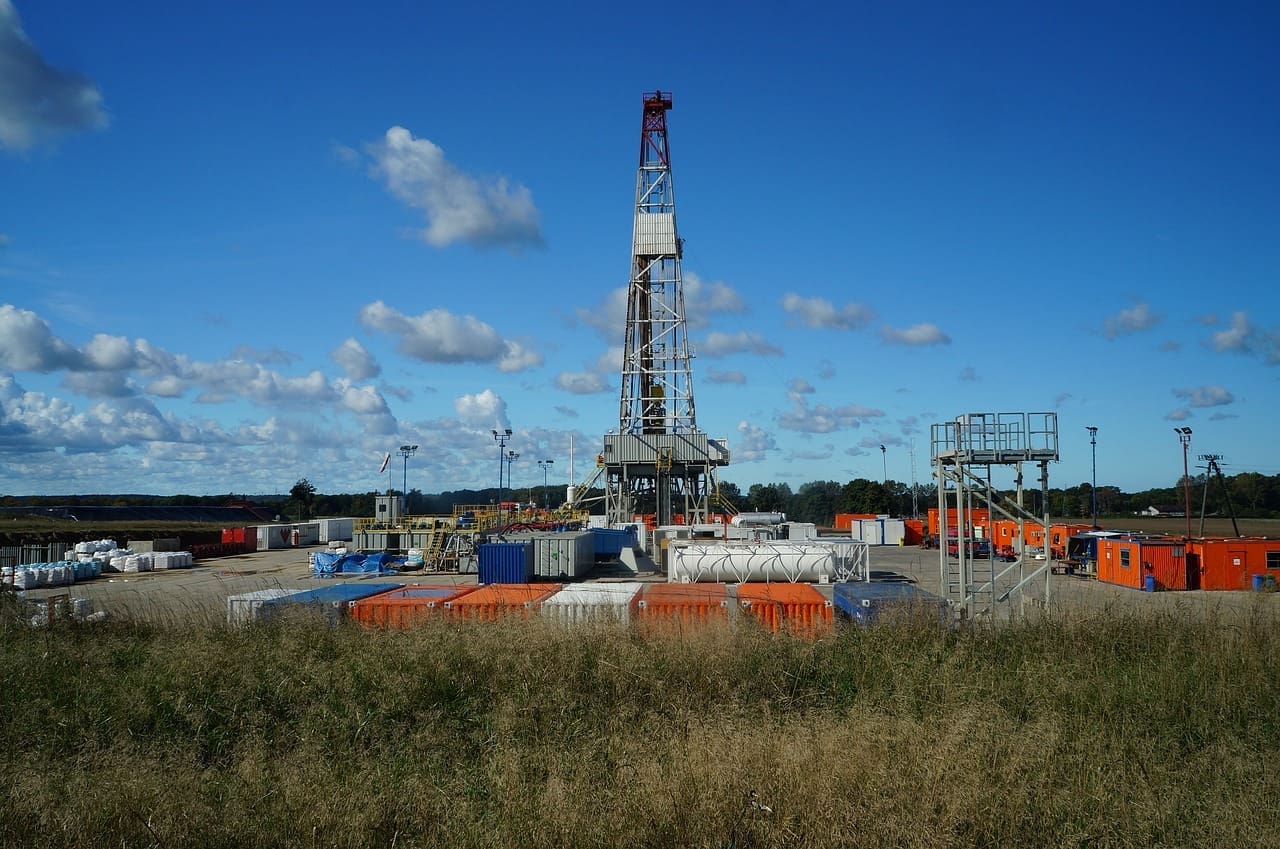Just when the world thought the last big card was played in the M&A arena, announcement recently surfaced that ConocoPhillips would purchase Marathon Oil for $17.1 billion in an all stock deal tagged at $22.5 billion with $5.4 billion in debt. While the oil and gas industry has succumbed to a changing footprint since the pandemic, it continues to maneuver geopolitical turmoil with consolidation being a staple in surviving the new and emerging market.
“This acquisition of Marathon Oil further deepens our portfolio and it fits within our financial framework, adding high-quality, low cost of supply inventory adjacent to our leading U.S. unconventional position,” said Ryan Lance, ConocoPhillips CEO, in a statement announcing the acquisition.
This latest oil and gas agreement stipulates Marathon Oil shareholders will receive 0.2550 ConocoPhillips shares for each they hold and equates to a 14.7 percent premium above Marathon’s May 28, 2024, closing price, as well as a 16 percent premium applied to the ten day volume weighted average price.
The deal hinges on the approval of Marathon shareholders but is expected to finalize during the fourth quarter of this year. ConocoPhillips efficiency applied to operations and the reduction of expenses to fuel the expected $500m in costs and capital synergies next year.
Marathon’s footprint should enhance ConocoPhillips’ stake hold with the addition of two billion barrels of resources with a future cost of supply less than $30 per barrel WTI. This only supports the current theme of increasing production to positively impact balance sheets.
“Importantly, we share similar values and cultures with a focus on operating safely and responsibly to create long-term value for our shareholders,” said Lance. “The transaction is immediately accretive to earnings, cash flows and distributions per share, and we see significant synergy potential.”
Marathon’s North American Shale footprint has grown over the years into a diverse portfolio rooted in the Eagle Ford, Bakken, STACK/SCOOP, and the Permian Basin. Already operating in the Karnes City area of South Texas, ConocoPhillips will benefit from Marathon’s 30 central gathering and treating facilities as well as over 2,800 producing wells in the Eagle Ford alone.
Having entered the Bakken in 2006, Marathon’s assets span McKenzie, Mountrail, and Dunn Counties in North Dakota. These areas within the Middle Bakken and the ThreeForks reservoirs will complement ConocoPhillips’ current presence in the region.
Marathon has enjoyed a long history within the state of Oklahoma. Its assets in the STACK Meramec and SCOOP Woodford will additionally enhance ConocoPhillips’ presence in the area. With the Permian Basin being a hotbed of activity for domestic oil and gas, ConocoPhillips already operates within its Delaware and Midland Basins. Through two major acquisitions closed in 2017, Marathon has been operating in the North Delaware Basin.
Acquisition of these diverse assets will strengthen an already robust piece of North American Shale market share held by ConocoPhillips. With a current 1,067 MBOED and 3.1 BBOE derived from 10.3MM of net acreage, the Marathon acquisition will is expected to propel ConocoPhillips forwards as a major player in the oil and gas industry.
Nick Vaccaro is a freelance writer and photographer. In addition to providing technical writing services, he is an HSE consultant in the oil and gas industry with twelve years of experience. Vaccaro also contributes to SHALE Oil and Gas Business Magazine, American Oil and Gas Investor, Oil and Gas Investor, Energies Magazine and Louisiana Sportsman Magazine. He has a BA in photojournalism from Loyola University and resides in the New Orleans area. Vaccaro can be reached at 985-966-0957 or nav@vaccarogroupllc.com.







